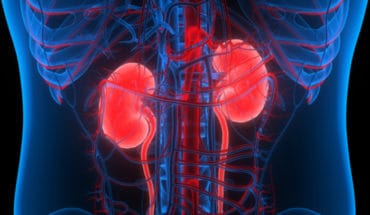Harmful bacteria that cause UTIs can change their shape into ‘swarmer cells’ to rapidly colonise the inside of catheters. They do this by moving as a group over surfaces, forming dynamic patterns of whirls and jets. Researchers at the University of Nottingham have discovered a new coating – an acrylate copolymer and a first of its kind – which stops bacteria from ‘swarming’ and reduces their ability to cause infection.
Andrew Hook, Assistant Professor, School of Pharmacy, said: “We always had this lingering question as to whether the material that we previously discovered prevented biofilm formation, could be modified to prevent swarming and biomineralization”.
“We have tested more than 450 acrylate polymers and discovered that by combining two different monomers we could create a new material that is all-encompassing and prevents multi-species biofilm formation, swarming and biomineralization. This is totally unique and currently the only biomaterial capable of preventing swarming that we are aware of.”
The new research, published in Science Advances, builds on this previous work over a period of more than 10 years with tests against the bacterial pathogen Proteus mirabilis – specifically its ability to swarm and cause catheter encrustation – which is unique to CAUTIs. Proteus mirabilis has a unique ability to swarm and form large bacterial ‘rafts’ on hard surfaces that cover large distances, for example, up the length of a catheter into the bladder. It is also responsible for driving biomineralization or encrustation, inside the catheter which results in blockages that can lead to serious kidney infections and septicaemia. Encrustation around the outside makes removal of catheters extremely painful for patients.
Paul Williams, Professor of Molecular Microbiology, Biodiscovery Institute and School of Life Sciences comments:
‘Our breakthrough should be great news for clinicians and patients when it comes to urinary tract catheterisation. We’re hopeful that this could mark a step-change in the management of CAUTIs in the future and help to dramatically reduce the number of CAUTIs in patients in hospital and other healthcare settings.’
- Biden Declines Second Term: Health Concerns - 23rd July 2024
- New catheter coating stops bacteria cells from swarming - 10th June 2024
- AI-designed catheters could dramatically reduce urinary tract infections - 10th June 2024






